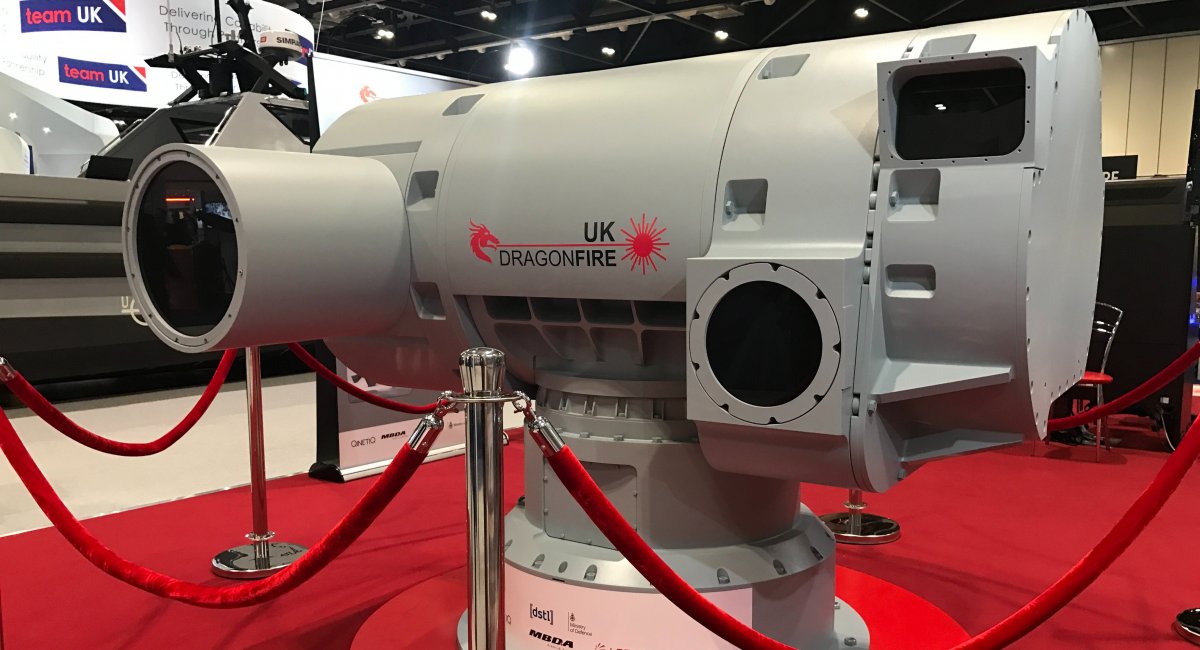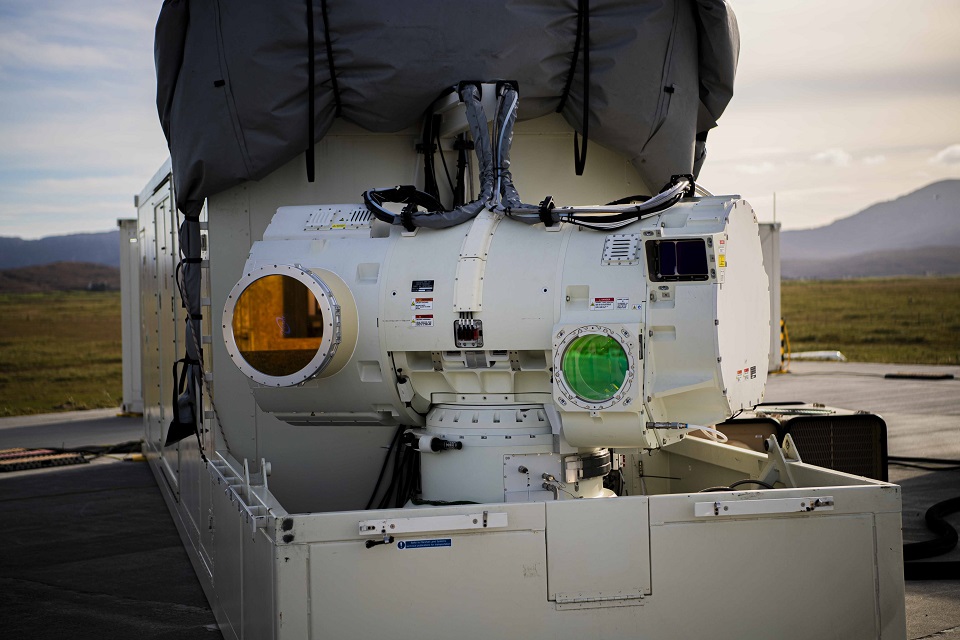
Combat experiment: Great Britain plans to transfer its latest development – DragonFire laser weapon to the Ukrainian Armed Forces
The United Kingdom is ready to take a truly unexpected, but much-needed step – to hand over prototypes of the DragonFire combat laser system, which is already successfully testing and destroying targets.
Despite the fact that it is planned to be deployed in the British army no earlier than 2027, the head of the country’s defense ministry, Grant Shapps, said that work is underway to send prototypes of the system earlier, even if they are not yet 100% ready.
DragonFire 🔥 is a new laser being developed by @dstlmod for the 🇬🇧 military.
Watch its first high-powered firing against an aerial target.
👇👇👇https://t.co/D5sqIciICS pic.twitter.com/oI1xG9sK87
– Ministry of Defense 🇬🇧 (@DefenceHQ) March 11, 2024
“There is a real conflict going on in Europe right now, and we have unique modern weapons that can be useful in resolving it. Let’s just say that it doesn’t have to be 100% perfect for Ukrainians to possibly get it,” the Telegraph quoted him as saying.
At the same time, the desire to send the first DragonFire samples for a real combat experiment, despite any public arguments, still goes beyond altruism. Because this is a pragmatic solution. Firstly, sending DragonFire to Ukraine will actually allow it to be tested not in the “greenhouse conditions” of a training ground, but on a real battlefield, against real threats. This will accelerate the system’s operational capability and bring the start of its mass production closer.
It should be noted that DragonFire has been under development since 2017. And the longer the development is in the process of being finalized, the more money it takes from the budget and the more skepticism it causes. This can be clearly seen in the example of the Pentagon, where the US Navy has already stated outright that real combat lasers are still a long way off. And this is despite the fact that the first real AN/SEQ-3 (LaWS) sample has already been used and even installed on a warship back in 2014.

Secondly, it will prove the system’s real combat effectiveness against real modern threats. And the “battle-tested” label is a significant argument for ordering. Both for the foreign country and for their own government and parliamentarians who approve the budget.
Third, it will really help Ukraine. Because we are talking about a system that uses a 55 kW laser beam focused from 37 separate channels with a power of 1.5 kW each. This power can already be considered standard for such systems, as it allows burning not only plastic but also metal, which disables drones, missiles, and potentially artillery ammunition.
But creating a powerful laser is only half the battle, because another crucial requirement for its effectiveness is to focus on the target for several seconds. This is exactly what is needed to burn through the case. The laser beam must be held on a moving target. Currently, the DragonFire’s specifications announced to the media are that it can focus at a distance of 1 km with an accuracy of 23 mm. But the real possibilities for effective range remain secret.

Despite all the advantages of combat lasers, there are still several important factors that can directly affect their effectiveness. The first is weather conditions and their impact on laser beam scattering in fog, low clouds, and rain. The second is the speed of target destruction, because if the real combat effectiveness of a laser starts at 1 km, this is quite enough to destroy a drone that will cover this distance in 18 seconds. But a cruise missile will fly this distance in 4 seconds, so the question of whether this time will be enough to disable it is quite relevant.
In addition, there is the issue of the ability of such a laser system to repel a massive attack when several targets are approaching at the same time. This is due not only to the time the complex operates on one object, but also to its cooling for the next shot.
The answers to these questions are extremely important. Therefore, the UK Ministry of Defense’s interest in dispelling any skepticism is quite understandable. Because despite the fact that the cost of a “shot” of such laser systems can be measured in a few dollars, the complex itself, especially at the “dawn” of technology development, will cost far more than a penny.
That is why sending DragonFire prototypes to Ukraine should not only strengthen our air defense, but also dispel any doubts about the effectiveness of combat lasers, speed up development and obtain an order for this system.

